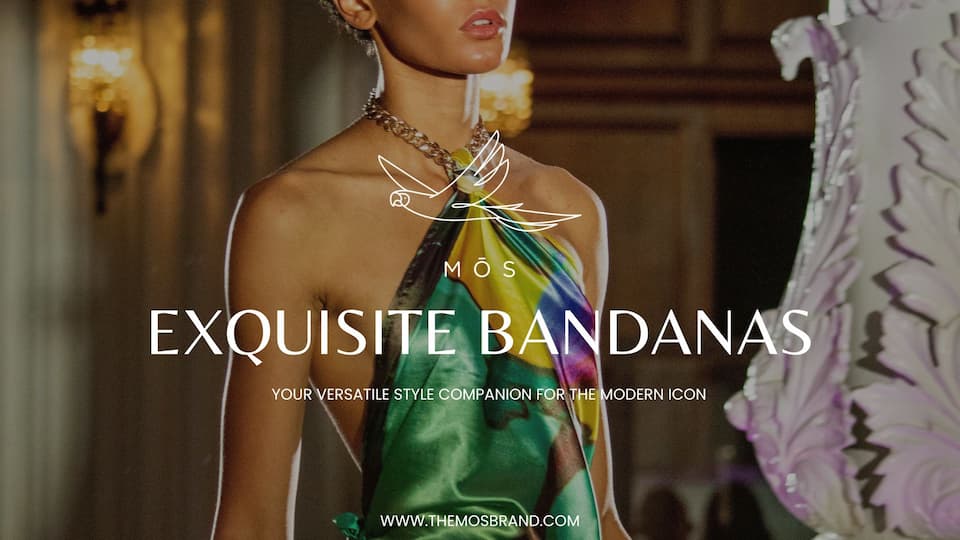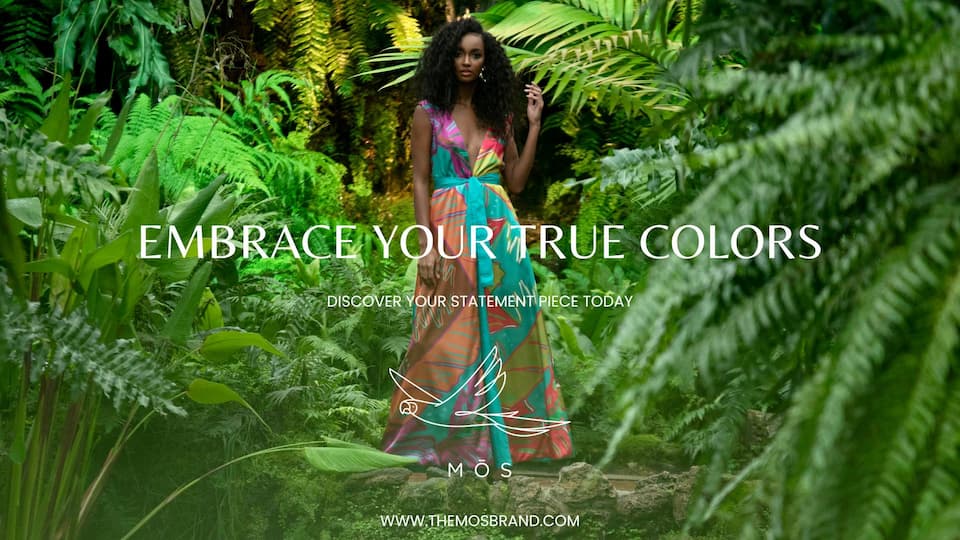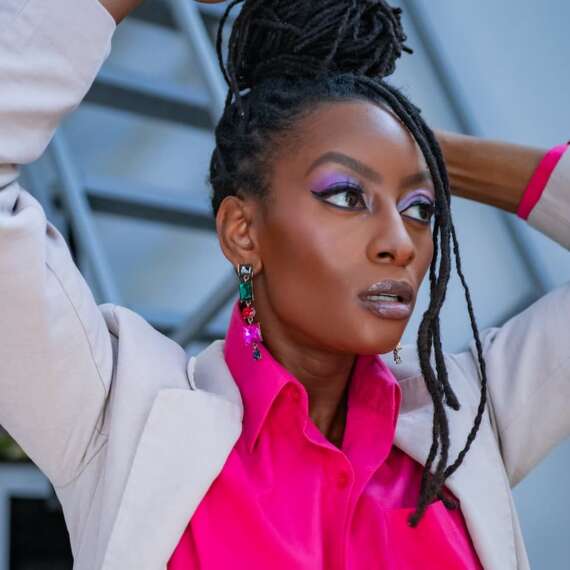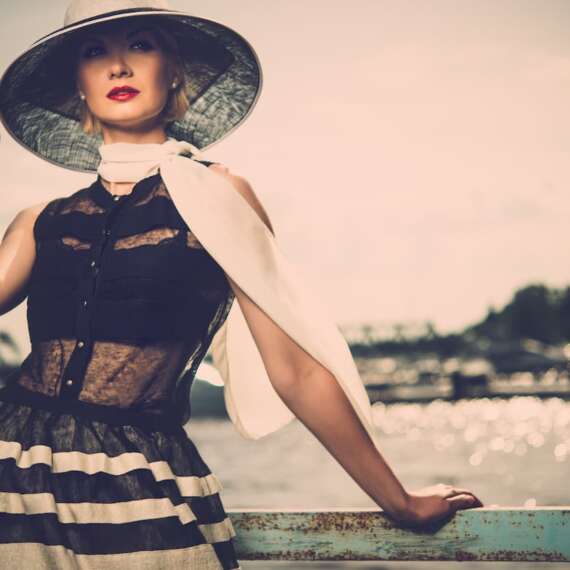Luxury is not a number. It’s a feeling—one that begins long before a price tag is seen. When someone spends $8,000 on a handbag or $1,200 on sneakers, the decision isn’t purely economic. It’s psychological. The purchase satisfies an invisible equation between value and self-perception, calculated not by logic but by emotion. That’s why luxury has less to do with what something costs, and more to do with what it means.

Behind every luxury purchase is a silent dialogue between brand and consumer. The brand asks: Who do you believe you are? The consumer answers by reaching for the item that best fits that belief. This is where the real power lies—in perception. Behavioral economists call it “signaling value,” the human tendency to use possessions to communicate identity. In fashion, this communication happens through design codes: the weight of a fabric, the typography on a box, the distance between logo letters. Each detail tells you how seriously to take the product.
Scarcity amplifies this perception. When an object is hard to get, the brain interprets it as more desirable. Psychologists refer to this as the “scarcity heuristic”—a survival instinct wired into human behavior. The rarer the resource, the higher its perceived worth. That’s why Hermès limits production of its Birkin bags and why Rolex releases new models in small batches. These strategies aren’t about supply issues; they’re about emotional choreography. The brand controls anticipation the way a conductor controls silence before a symphony.
But scarcity alone doesn’t sustain value. Story does. People pay for context as much as for craft. Consider how Chanel positions the 2.55 bag—not as an accessory, but as history. Each stitch references Coco Chanel’s life, from the quilted texture inspired by jockey jackets to the burgundy lining matching her childhood uniform. When you buy it, you’re not purchasing leather—you’re buying belonging. You’re stepping into a legacy. Neuroscientists have found that storytelling activates the brain’s reward centers more strongly than rational product descriptions, which is why good brand storytelling feels less like marketing and more like memory.

Design also manipulates perception in subtler ways. Research from the University of Basel shows that serif fonts, such as those used by luxury houses like Dior and Prada, trigger associations of authority and timelessness, while sans-serif fonts feel modern but less expensive. Even spacing plays a role. Wider kerning—like that in CELINE’s logo redesign—creates a sense of sophistication and calm. It signals restraint, a key element of luxury psychology. Minimalism doesn’t just look rich; it feels controlled. It tells you the brand doesn’t need to shout because it already owns the room.
Then there’s the paradox of imperfection. True luxury often embraces irregularity because it proves the human hand. A hand-painted edge, a slightly uneven stitch—these “flaws” act as authenticity markers in a world obsessed with mass precision. In fact, studies from the Journal of Consumer Research show that people associate minor imperfections with craftsmanship and individuality, especially in high-end goods. The lesson for any designer or marketer: perfection without personality feels cheap.
Pricing itself communicates value beyond numbers. A $2,000 jacket doesn’t just suggest high quality—it redefines how the wearer perceives their own worth. Behavioral science calls this the “endowment effect,” where ownership increases perceived value. Once someone buys into a brand, both financially and emotionally, they begin to justify the price not as cost but as confirmation of taste. The higher the investment, the stronger the attachment. That’s why people defend luxury purchases with the kind of loyalty most reserve for sports teams or family.

The best brands understand that restraint multiplies impact. Bottega Veneta built an empire on anonymity, removing its logo entirely and trusting that its materials and craftsmanship would speak louder. In contrast, brands that chase attention often dilute their mystique. When everything is branded, nothing feels exclusive. The future of luxury lies in subtlety—the quiet confidence of knowing you don’t need to explain yourself.
As a brand builder, you can apply these cues no matter your scale. Focus on detail, scarcity, and narrative. Be deliberate about what you don’t say as much as what you do. Make every texture, sound, and space part of the story. A handwritten thank-you note can elevate perceived value more than a billboard, because intimacy is the new aspiration. People want to feel seen, not sold to.
In the end, luxury is not an object—it’s an experience of meaning. It’s how something makes you feel before, during, and after ownership. Price simply translates that feeling into a number. The more emotionally precise your brand becomes, the higher that number can climb. What people truly pay for is not exclusivity itself, but the illusion that they’ve discovered something rare—and in a world flooded with noise, rarity is the ultimate luxury.











